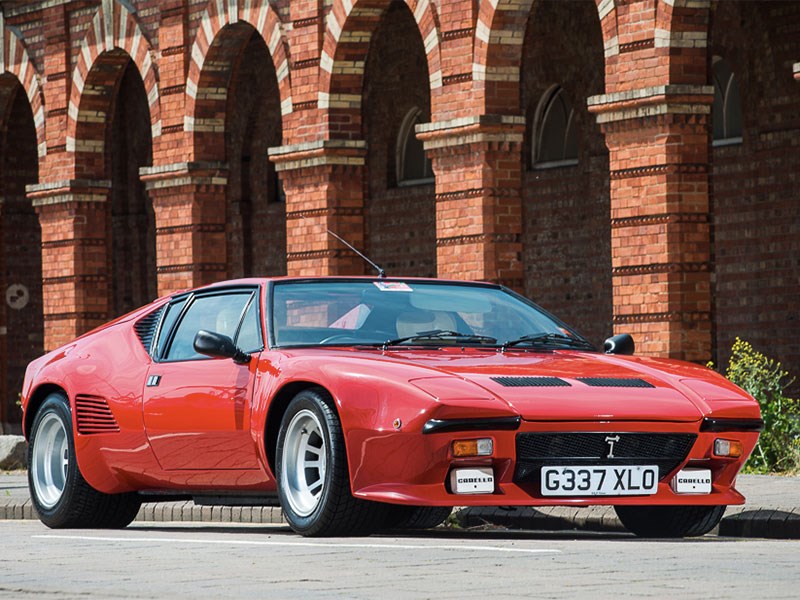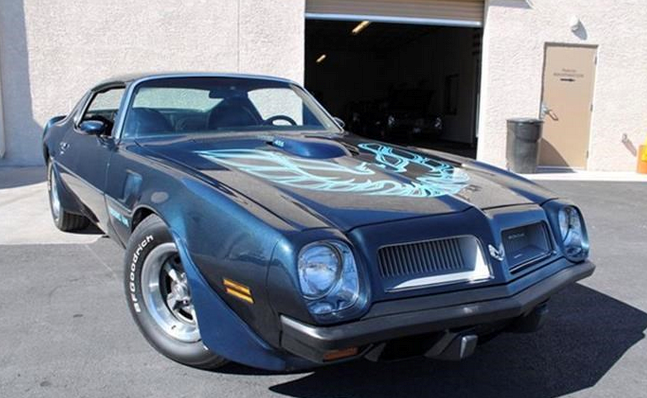The Land Rover sponsored sailing team have been top of their game lately and this got us thinking. £65k seems like an awful lot for the pleasure of being cold, wet and relying on the wind for movement. I will be the first to immediately state that I know very little about boats, yet with a Range Rover you need suffer none of those torturous aspects.
Why should you choose the Range Rover Classic over HMS Pugwash?
A yacht and a Range Rover Classic have more in common than you might at first think. One offers a life on the ocean waves, the other rolls like a boat on the corners. Then theres price, the perfect yacht and the perfect Range Rover can both be had for £65,000 – but why should you choose the Range Rover Classic over HMS Pugwash?
Imagine the benefits of choosing tarmac over H20. First off, should you suffer a breakdown at least you won’t make the national news as the RNLI sprint to your rescue before you drown. Furthermore, the Range Rover has various and cheap parts aplenty, when even a simple part for your yacht costs twice as much as a family shop for nine at Waitrose in central London.
The Range Rover is also more user friendly, with the ability to traverse mountain ranges, ford streams and explore the roads while taking your children to school, going to the shops, taking you to the office and taking the family on a holiday. A yacht can’t climb a mountain, nor take you to the local shop without extensive damage to both your boat and the village itself.
As for holidaying aspects, the yacht is stuck to the coast. This doesn’t bode well if you want to go to the cinema, a restaurant or indeed the hospital after discovering your rope has snapped when climbing the mast and free fall onto the decking, or worse, into shark infested waters.
The Range Rover is ultimately faster than a yacht, as Poseidon doesn’t need to huff and puff to help you along. The Rover V8 does that itself – with a 0-60 time of 15.2 seconds and top speed of 96mph. The record for the fastest sailing boat was little over 75mph in 2012, and that boat was rather expensive.
While the Range Rover Classic will average a costly 18mpg, Captain Hook may travel for free as Mother Nature doesn’t charge for wind, however when there is no wind then Smee will need to fire up an engine where fuel consumption will be roughly the same, if not worse. Bear in mind there are no fuel stops in the middle of the sea.
The Range Rover will probably out manoeuvre the yacht too, as the Range Rover has a turning circle useable in everyday life. The yacht doesn’t really understand the point of a three-point-turn when it could make it an hours terrifying marina experience instead.
Furthermore, the Range Rover has a braking distance that can actually be measured. The yacht will take a fair distance to come to a halt – unfortunately long after you have spotted the shoreline where you could end up in jail should you eradicate the people on the beach.
Finally, when it comes to winter storage, the Range Rover also has the advantage, as it doesn’t involve a crane or an army of technicians or an entire day of your life. Bringing the car out of storage doesn’t require another army of technicians either, nor a do-or-die safety check or 40 tins of quite expensive paint.
In summary then, why would you choose the yacht when the Range Rover does everything much, much better?
You can see many Range Rover land yachts here.































































